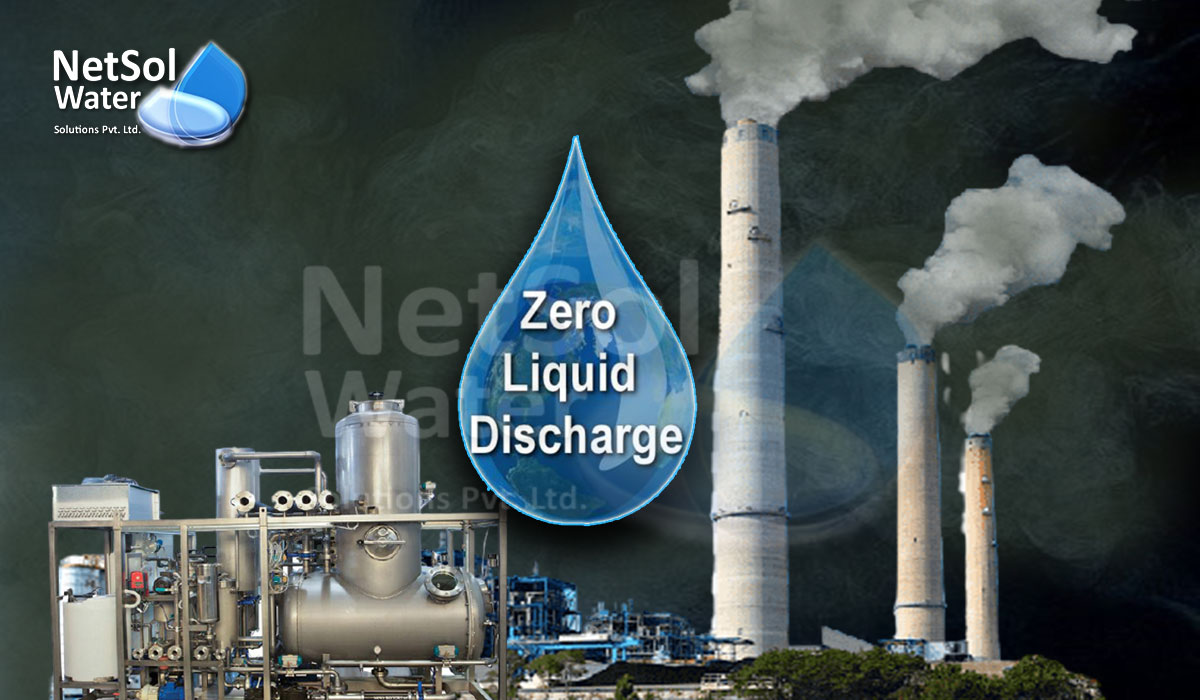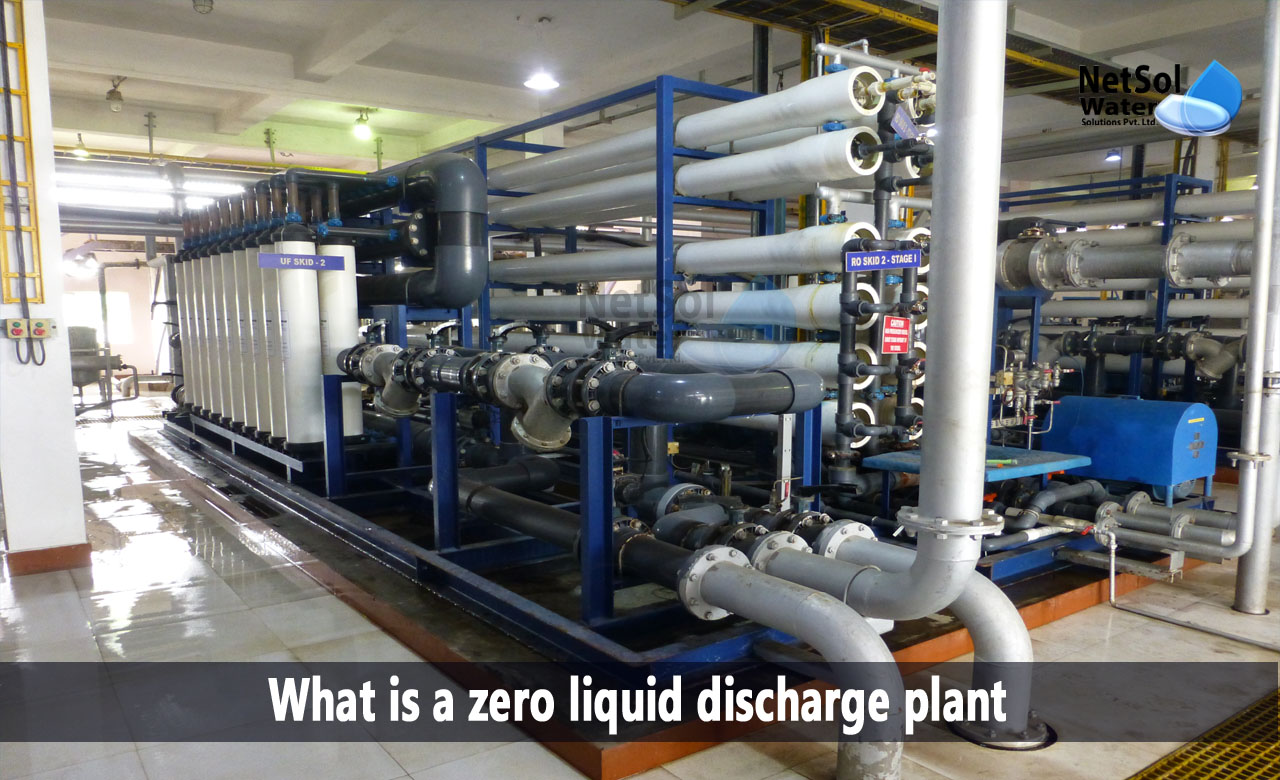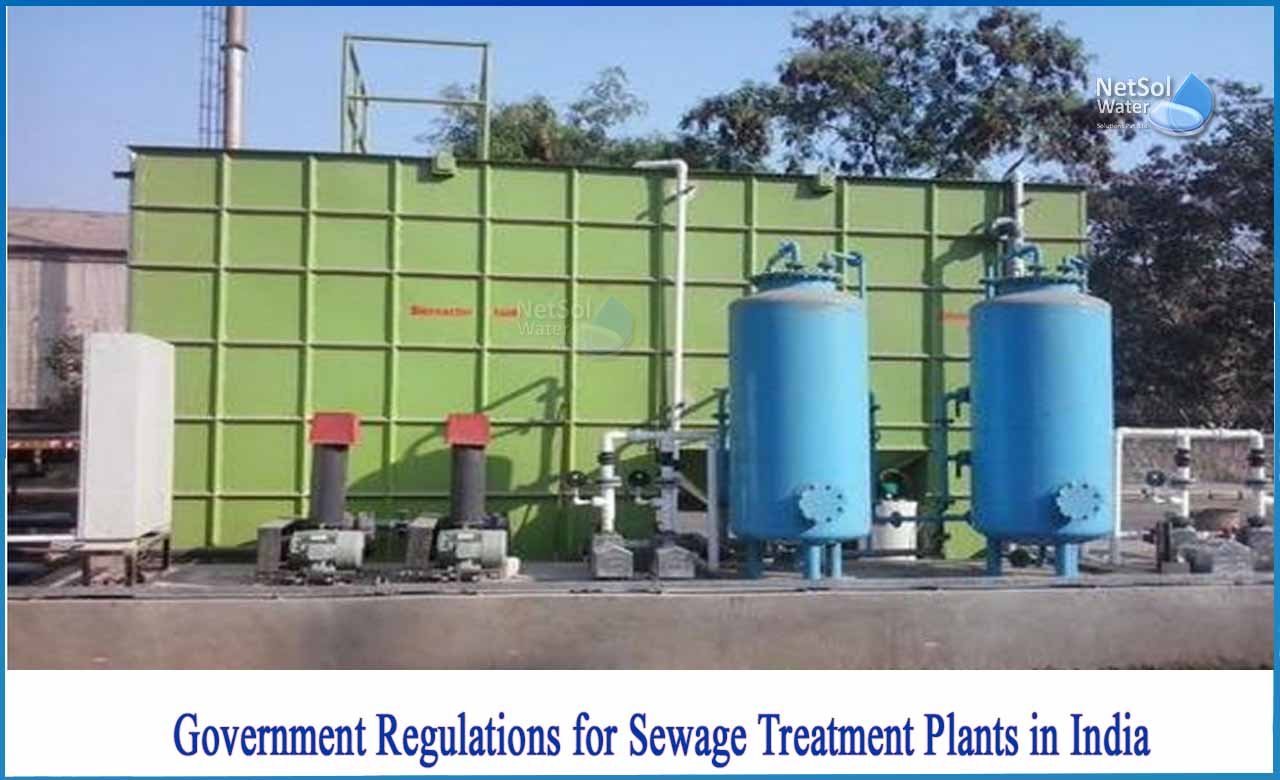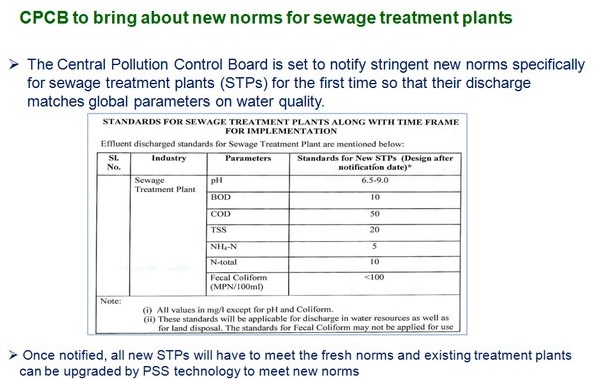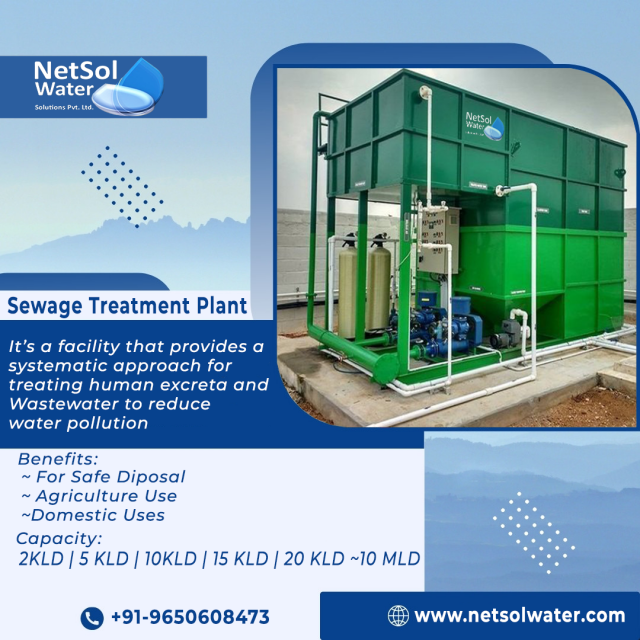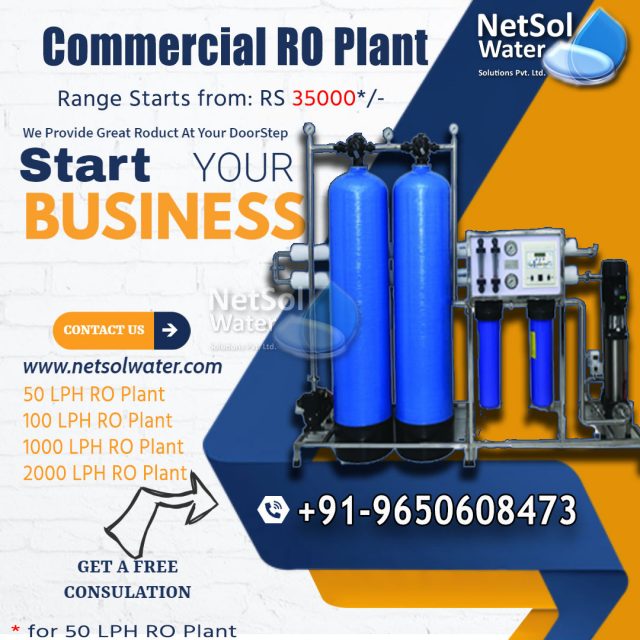How Can You Handle High TDS Water?
High Total Dissolved Solids in water create challenges for households and industries worldwide. TDS includes minerals and salts in water that affect its taste, appearance and usability. Water containing TDS levels above 500 parts per million (ppm) demands attention because it damages appliances, creates scaling in pipes and affects human health. Here we show effective methods to handle high TDS water through practical solutions and tested techniques.
Water quality shapes our daily lives through drinking cooking cleaning and industrial processes. High TDS water deposits white residue on utensils dulls clothes and decreases soap effectiveness. It triggers frequent appliance repairs raises energy costs and introduces health concerns. Learning to manage high Total Dissolved Solids water safeguards your investments enhances water quality and promotes a healthier environment.
Understanding the Sources of High TDS
Natural and human activities introduce dissolved substances into water sources causing high TDS. Natural processes weather rocks erode soil and deposit minerals into groundwater. Agricultural runoff, industrial waste and road salt boost TDS levels. Water movement through geological formations absorbs dissolved minerals making groundwater contain higher TDS than surface waters. Let us explore the main contributors to high TDS:
1. Natural Mineral Sources: Underground water flows through rock formations, absorbing calcium, magnesium and other minerals. These minerals build up as water passes through different soil and rock layers over time.
2. Industrial Impact: Manufacturing operations release dissolved solids into water bodies. These include chemicals, metals and substances that elevate TDS levels in nearby water sources.
3. Agricultural Activities: Farmers use fertilizers and pesticides while irrigation practices add dissolved solids to groundwater. These materials penetrate soil layers and enter water tables.
Treatment Methods for High TDS Water
High TDS waters treatment needs specific approaches based on water makeup and intended purpose. Each method brings unique advantages for different situations. Water composition requires quality and budget guidance in treatment selection. Let us examine the main treatment options:
- Reverse Osmosis Systems: Reverse osmosis forces water through a semi-permeable membrane blocking dissolved solids. This system effectively eliminates up to 95% of Total Dissolved Solids purifying drinking water. Multiple filtration stages ensure thorough water cleaning.
- Ion Exchange Technology: Ion exchange systems transform harmful ions into beneficial ones using specialized resins. This method excels at removing specific minerals that harden water. Regular resin renewal maintains system performance.
- Distillation Methods: Distillation converts water to steam leaving dissolved solids behind. Pure water forms when steam condenses. This method creates extremely clean water but consumes substantial energy.
Maintenance and Monitoring Practices
Consistent maintenance optimizes TDS treatment system performance. Active monitoring catches issues early and sustains water quality standards. These practices protect equipment and deliver steady water quality. Let us explore essential maintenance aspects:
A. System Inspection Schedule: Equipment inspections catch potential problems before they grow serious. Technicians examine filters membranes and components for wear or damage.
B. Water Quality Testing: TDS testing measures treatment system effectiveness. Tests compare pre-treatment and post-treatment water samples to evaluate system operation.
C. Component Replacement Guidelines: System efficiency depends on replacing filters membranes and parts at proper intervals. Following manufacturer instructions prevents system breakdowns.
Ready to Improve Your TDS Water Quality?
High TDS treatment demands professional knowledge and appropriate system selection. Water treatment experts analyze water composition, suggest treatment options and create systems matching specific requirements. Contact water treatment professionals today for comprehensive water analysis and customized treatment plans.
To explore customised commercial RO plants, Industrial RO plant, ETP or STP solutions for your needs in your areas and nearby regions, Contact Netsol Water at:
Phone: +91-965-060-8473
Email: enquiry@netsolwater.com








